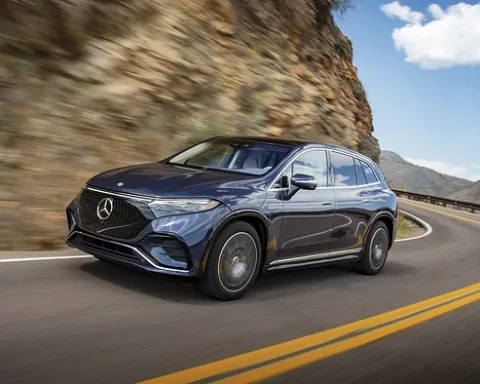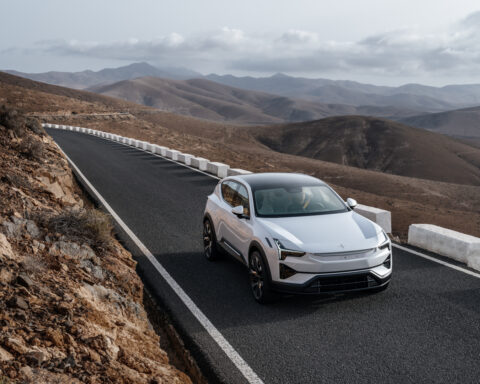What is the range on journey A? Which charging stations are located along route B? What must be considered when installing charging systems on company premises? The EQ Ready App, the eCharging Planner and the eCost Calculator have the answers to these questions and many more.
Using company-specific data, they will provide precise information about the economic efficiency and performance of the eSprinter, eVito, eVito Tourer (combined electrical consumption: 26.2 kWh/100 km; combined CO2 emissions: 0 g/km) and the EQV (combined electrical consumption: 26.4-26.3 kWh/100 km; combined CO2 emissions: 0 g/km)1.
Take a virtual test drive with the EQ Ready App
The EQ Ready App will demonstrate whether an electrically powered van is feasible for a particular application. To do that the App records the user’s real journeys when requested, incorporating numerous parameters such as speed and acceleration, stops and longer breaks. Even the load can be entered into the system. It is then incorporated into the analysis as is the height profile and location data.
The end result is a detailed assessment and a prognosis for the battery’s state of charge – as if the journey had really taken place in an electrically driven van.
Safe journeys thanks to convenient planning
Long journeys can be planned stress-free prior to departure: simply enter the departure and destination addresses while still at home and the app will calculate the expected energy consumption, taking speed limits, historical traffic data, uphill and downhill gradients into account.
Furthermore the EQ Ready App shows an overview of charging stations in the vicinity of the vehicle on the map. If required, the app filters the results by charging stations with different charging outputs or plug types. The search for the next charging station is just as convenient.
Charging under control thanks to the eCharging Planner
In most cases a charging station on company premises is the best concept for battery-driven vehicles. But how much electricity will be required, which charging station would be best and what needs to be considered with regard to its installation? The Mercedes-Benz eCharging Planner will provide all the necessary information.
The “Energy” module determines the vehicle’s annual energy costs based on operating times, electricity prices and a few other factors and then compares them with those of the respective combustion-engine vehicle. It is even possible to calculate the costs of mixed fleets comprising eSprinter, eVito, eVito Tourer and EQV vehicles, and you receive an overview of how much CO2 emission can be saved when you switch to electromobility.
The “Charging” module provides information about the correct wallbox for charging, while “Installation” allows you to estimate the expenditure involved in its installation. The “Result” module provides a transparent summary of all data including expected operating costs and the break-even point compared with a combustion-engine vehicle.
Combustion engine or battery? A fast comparison of costs with the eCost Calculator
Which is cheaper – a battery-electric van or a vehicle with a combustion engine? The eCost Calculator can clarify that. In just a few steps, it compares the annual operating costs of a vehicle currently in use with those of an electrically driven Mercedes-Benz van. It takes all the relevant costs into account, from the leasing instalments and driving performance to electricity/fuel prices as well as maintenance, insurance and taxation. The calculation includes state grants for electric drive systems which affect the leasing instalment and four years of cost-free servicing and maintenance by Mercedes-Benz.
An entire eco-system for electric drive systems
At present locally-emission free transport can only be achieved with electric drive systems. From the start Mercedes-Benz assists its customers with an entire eco-system of services which include competent consultations prior to purchase, installation of the charging infrastructure, cost-free maintenance in the first four years, connectivity solutions and assistance in profiting from state funding.






